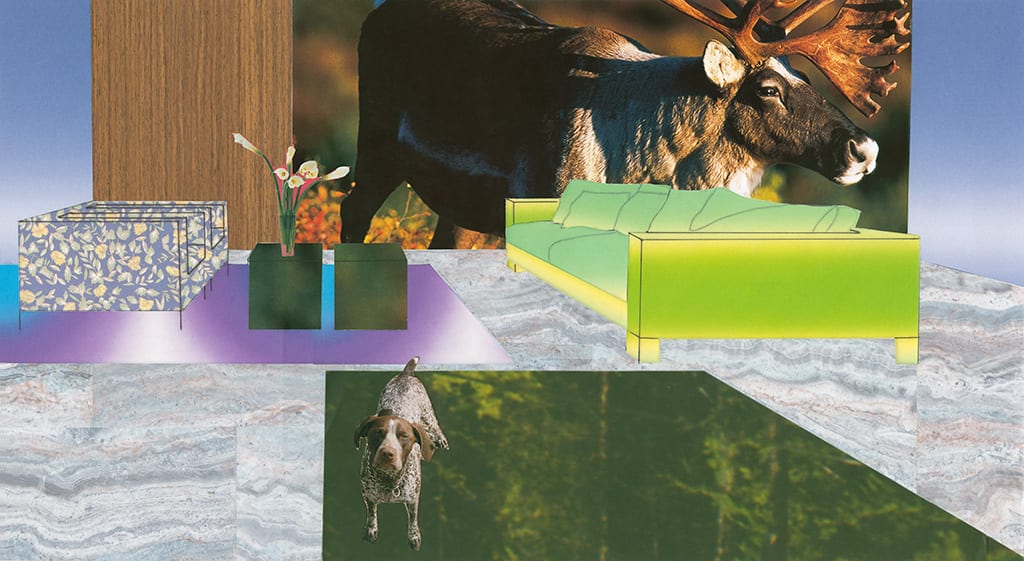
Hannah Abel-Hirsch joined British Journal of Photography in 2017, and was Assistant Editor until 2022. Previously, she was an Editorial Assistant at Magnum Photos, and a Studio Assistant for Susan Meiselas and Mary Ellen Mark in New York. Before which, she completed a BA in History of Art at University College London. Her words have also appeared on Magnum Photos, 1000 Words, and in the Royal Academy of Arts magazine.
